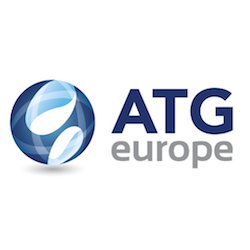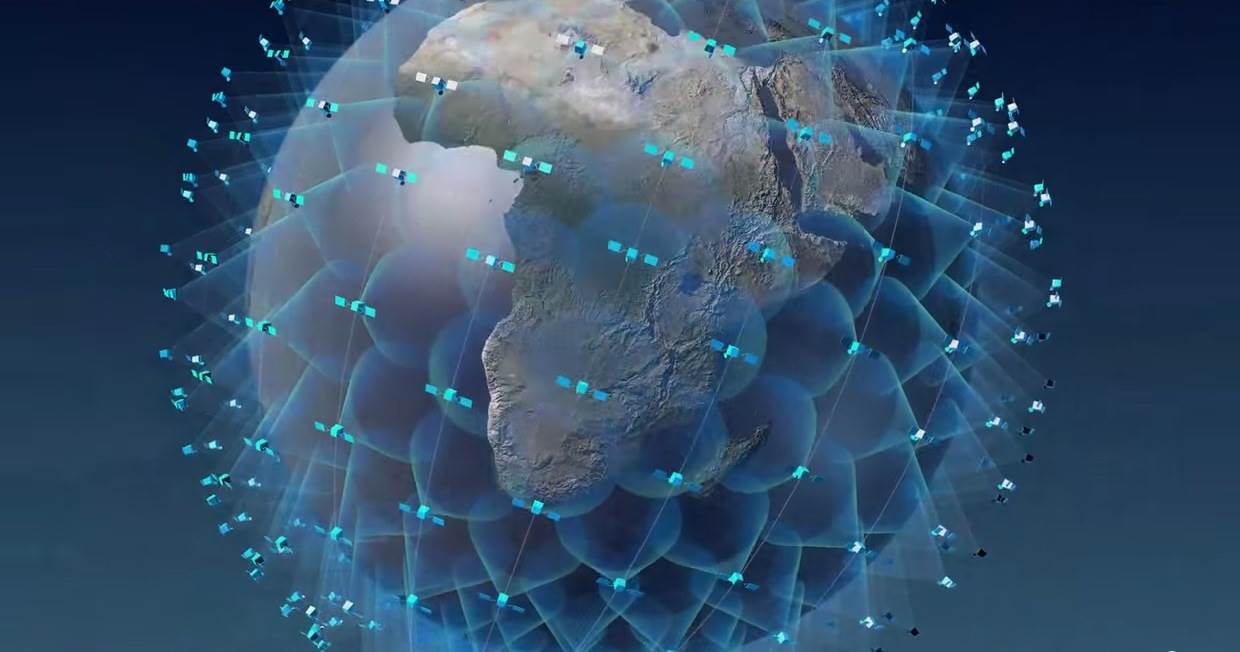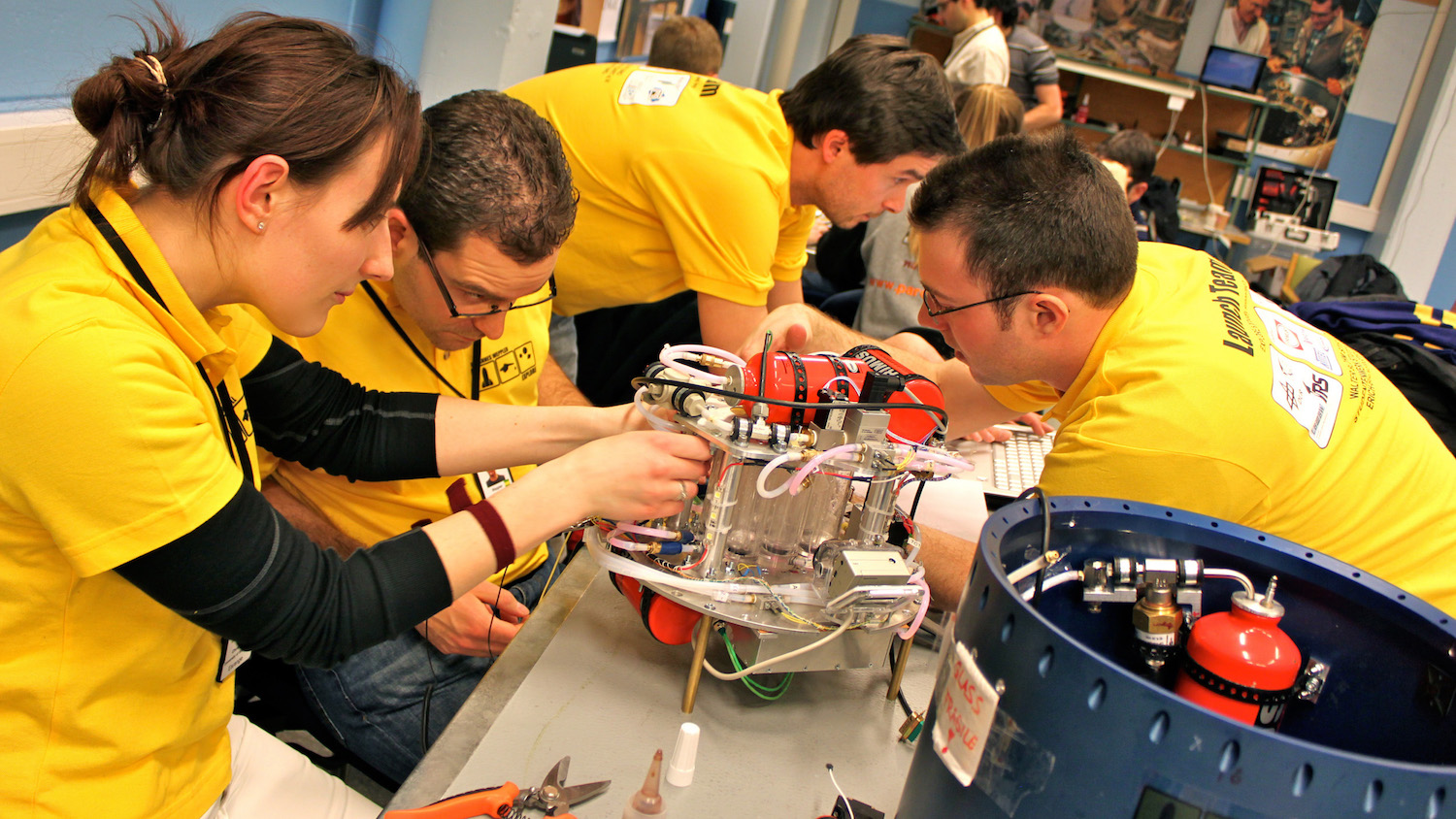
SpaceBoard is pleased to announce a new corporate partner. ATG Europe, a leading provider of specialized engineering, scientific and technical services to the aerospace and high-tech industry, has recently expressed its full support for the project. ATG Europe will provide resources and advise SpaceBoard in order to help shape a professional platform dedicated to the space industry.
Headquartered in Noordwijk, The Netherlands, the technical hub of Europe's space activities, ATG Europe has subsidiaries in Germany and the UK and employs over 180 engineers, consultants, scientists and space professionals. Edo van der Bas, Business Unit Director at ATG Europe, says:
“ATG is proud to support the SpaceBoard team in their ambitions! We feel that initiatives such as SpaceBoard deserve our full support. Sharing, knowledge transfer and transparency are key to the future of any Industry, and particularly to the Space community with its innovative character.”
Learn more about SpaceBoard here.
For more information, please contact us.








